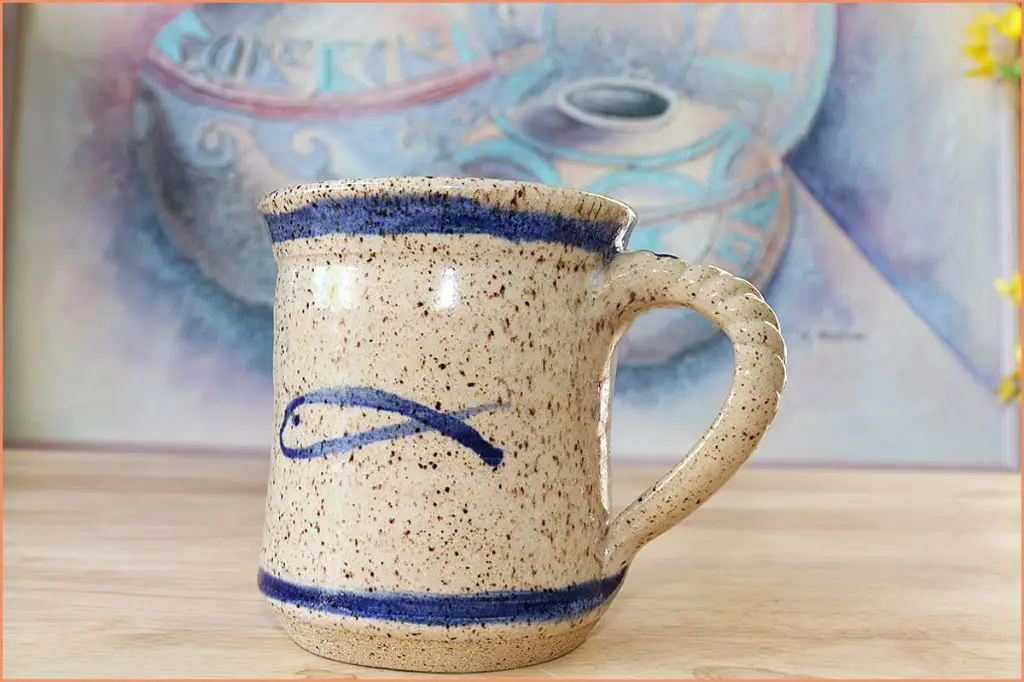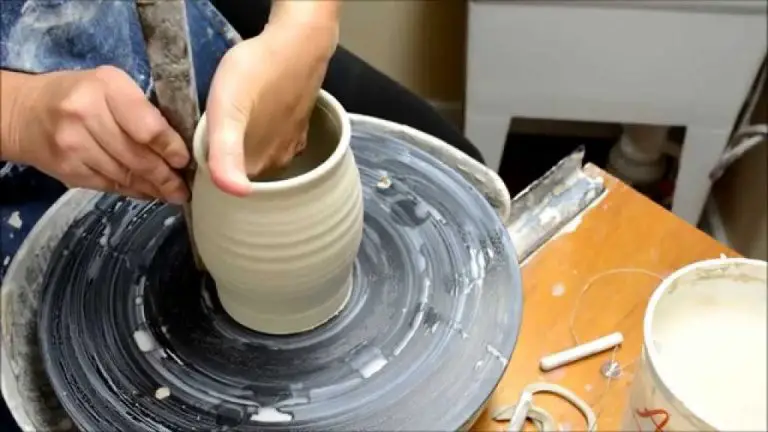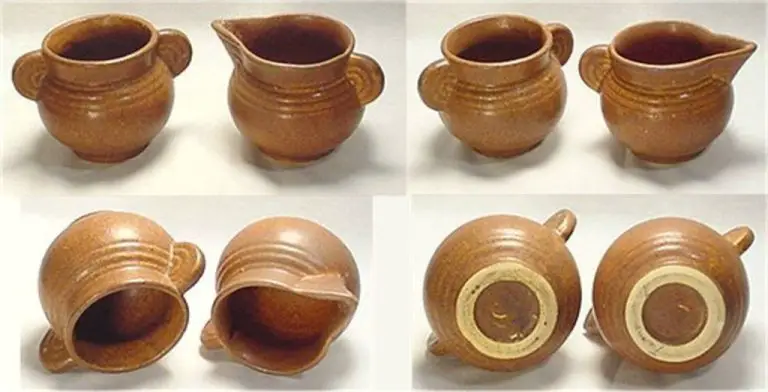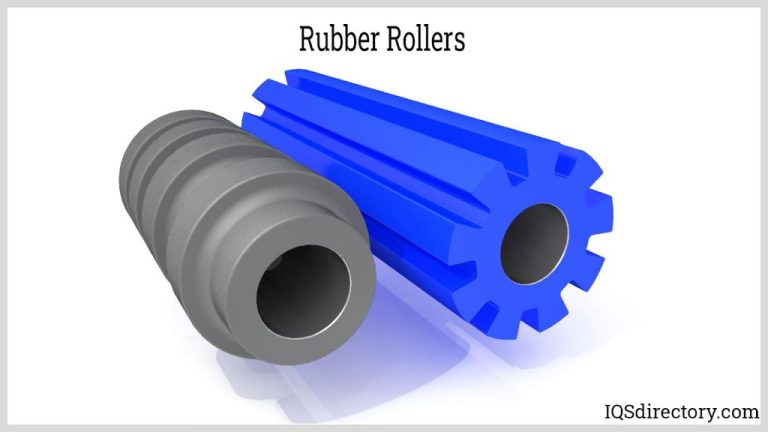Are Ceramic Mugs Better For Coffee?
Benefits of Drinking from Ceramic Mugs
Coffee is one of the most popular beverages in the world, with over 400 billion cups consumed each year (https://www.databridgemarketresearch.com/reports/global-mug-market). Many coffee drinkers have a preferred mug that they use daily. Ceramic mugs in particular have grown in popularity due to their versatility and durability. But are ceramic mugs really better for coffee drinking?
This article will examine the pros and cons of ceramic mugs to determine if they enhance the coffee drinking experience more than other materials like glass, stainless steel, or plastic. Key factors like heat retention, flavor, durability, and environmental impact will be analyzed. With over 60 billion mugs and cups sold globally each year, understanding the ideal vessel for coffee matters to consumers (https://www.marketresearchintellect.com/product/global-coffee-mugs-market-size-forecast/).
Ceramic Mug Materials

Ceramic mugs are typically made from stoneware or porcelain clays. Stoneware clay is dense, durable, and can withstand repeated use and high temperatures. It is made from natural clay and materials like feldspar or silica, fired between 2,200°F – 2,400°F (1). Porcelain clay produces thin, translucent mugs. It is made from kaolin clay and fired at very high temperatures up to 2,650°F. Porcelain is less porous than stoneware, making it even more durable (2).
Both stoneware and porcelain are ideal materials for coffee mugs because they retain heat well and won’t degrade with repeated dishwasher or microwave use. The smooth glazed surface also enhances the coffee drinking experience.
Sources:
(1) https://thepotterywheel.com/types-of-clay-for-pottery/
(2) https://www.keeeps.co.uk/blogs/potters-block/pottery-for-beginners-the-4-main-types-of-clay
Thermal Properties
One of the key benefits of ceramic mugs is their exceptional ability to retain heat compared to other materials like metal or plastic. This is due to the strong ionic and covalent bonding between atoms in ceramic materials, which gives them a very low thermal conductivity (Transfer of Thermicity). According to Ceramique-technique.com, ceramics have a thermal conductivity between 1-60 W/m.K, whereas metals like aluminum have a thermal conductivity around 200 W/m.K. This means heat dissipates more slowly from ceramic, allowing coffee to stay hotter for longer.
The porous nature of ceramic also traps air pockets, adding further insulating ability. So not only does ceramic not readily conduct heat away from the liquid inside, it helps insulate the interior and retain the heat. This benefit is important for coffee drinkers who want their beverage to maintain an ideal drinking temperature for as long as possible.
Flavor Enhancement
Ceramic mugs enhance the flavor of coffee due to the material’s porosity and chemical composition. Unlike materials like stainless steel or plastic that can impart metallic or chemical tastes, ceramic is inert and neutral, allowing the true flavor of the coffee to shine. According to Deneen Pottery, ceramic as a solid material neither absorbs nor imparts any flavors, leaving coffee tasting as it should. Similarly, Driftaway Coffee notes that ceramic does not retain any odors or flavors, allowing for a pure coffee drinking experience.
Durability
Ceramic mugs are known for their durability and ability to resist stains, chips, and scratches compared to other mug materials like glass or plastic. According to RoastyCoffee, ceramic is fired at high temperatures during production, making it very hard and less prone to damage. The durability depends somewhat on the specific type of ceramic, with porcelain generally being thinner but more resistant to chipping than basic ceramic. Nonetheless, quality ceramic mugs can withstand plenty of long-term use and cleaning without showing significant wear and tear. Their durable glazed surface resists staining from coffee and other beverages. Dropping a ceramic mug may chip it, but likely won’t shatter it like glass. Overall, the durability and stain-resistance of ceramic makes it a popular choice for daily coffee drinking.
Design Variety
One of the key advantages of ceramic mugs over other materials is the wider range of shapes, colors, and designs that are possible with ceramic. Ceramic is an incredibly versatile material that can be molded and shaped into endless forms, unlike materials like glass or stainless steel that have more limitations. Ceramic artists and potters have the freedom to create mugs in geometric, asymmetrical, or organic shapes that are not achievable with other materials.
Ceramic glazing techniques also allow for a huge spectrum of colors and patterns to be incorporated into mug designs. From solid colors to intricate landscape scenes, the variety of ceramic mug decorating options is unmatched. Specialized techniques like raku firing create stunning one-of-a-kind finishes. In contrast, materials like plastic and stainless steel have a much more limited range of possible colors and often rely on decals or printing for surface decoration.
The handcrafted nature of ceramic mugs also means each one can be completely unique. Even mugs made using the same process will have slight variations that give them distinct character. This level of individuality and artistry is difficult to find in mass-produced mugs of other materials. For coffee and tea lovers who want to make a statement with their drinkware, the endless variety and artisanal quality of ceramic mugs deliver.
To showcase the creative possibilities, here are some inspiring handcrafted ceramic mug designs:
Ceramic Cups and Mugs on Pinterest
Ceramics Mugs on Pinterest
Downsides of Ceramic
While ceramic mugs have many benefits, they do come with some downsides to consider. One is their heaviness compared to materials like plastic or glass. The weight of a ceramic mug can make it more difficult and tiring to hold and lift repeatedly, especially for extended periods (Ceramic Coffee Mug Collection, 2023).
Ceramic is also more fragile than other mug materials. If dropped, a ceramic mug is very likely to crack, chip, or shatter. According to Ceramic Coffee Mug Collection (2023), “Despite their durability, ceramic mugs are still more fragile than some other materials, such as stainless steel or plastic. They can easily crack or break if dropped.” So ceramic mugs require more care in handling.
Other Popular Materials
While ceramic is a popular choice, there are several other materials commonly used to make coffee mugs, each with their own pros and cons:
Glass – Glass mugs allow you to see the color of the coffee and watch the crema develop as you drink espresso. Glass does not retain heat as well as ceramic or metal but some people prefer it for the visual appeal. Glass can break more easily if dropped. Source
Stainless Steel – Stainless steel mugs are highly durable and retain heat very well. The material does not absorb odors or flavors like plastic can. Stainless steel lacks the visual charm of ceramic and some find the metal gives coffee a slightly metallic taste. Source
Plastic – Plastic mugs like polypropylene are inexpensive, lightweight and nearly unbreakable. However plastic can absorb odors and flavors over time. Plastic mugs also lack the heat retention of ceramic. Travel mugs are often made of plastic due to its durability. Source
Environmental Impact
The environmental impact of ceramic production and use is complex. On one hand, ceramic materials like clay and silica used to produce mugs are abundant natural resources that can be sustainably sourced.[1] Ceramics are also very durable, so a mug can last for years or even decades with proper care. This reduces waste versus single-use paper or plastic cups.
However, the high-temperature kiln firing process to create ceramics does consume significant energy. The mining and industrial processes involved in extracting and purifying the raw materials can also damage habitats.[2] Yet many ceramic companies are taking steps to offset emissions and utilize greener manufacturing processes.
When disposed of properly, ceramics can often be recycled, reused, or will slowly degrade back into natural materials over time. But ceramics take thousands of years to fully biodegrade.[3] So improper disposal can contribute to landfill waste. Overall, ceramics strike a balance between sustainability and durability, but consumers and manufacturers must be conscientious in their choices.
Conclusion
When choosing a material for your coffee mug, ceramic offers some clear advantages. Ceramic mugs retain heat well, keeping your coffee at an enjoyable temperature for longer. The smooth glazed interior also doesn’t retain flavors or odors. The variety of shapes, colors, and designs available in ceramic make it a great choice for personal expression. Ceramic is also durable and environmentally-friendly.
That said, ceramic can be prone to chipping and breaking if dropped. Other popular mug materials like stainless steel and glass also have benefits like thermal retention and ease of cleaning. Ultimately, ceramic mugs are a great option for most coffee drinkers. The ability to keep coffee hot, as well as the range of stylish designs, make ceramic one of the best materials for enjoying your daily cup of joe.



